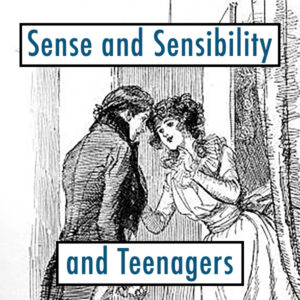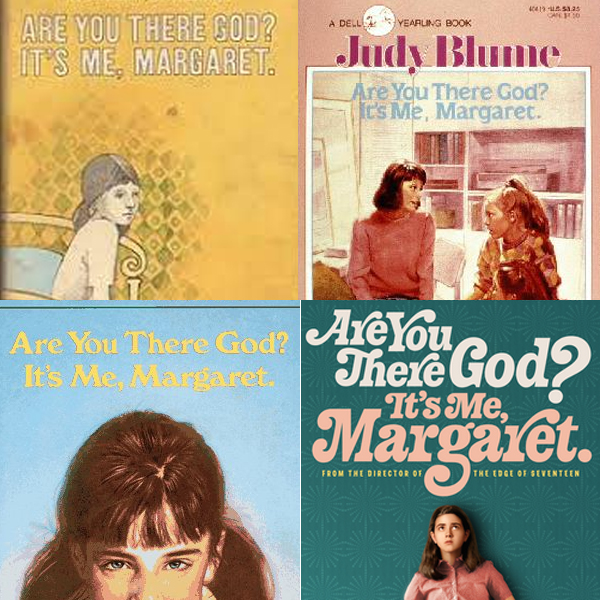Hatchet by Gary Paulsen is a survival story, but it’s also a tale about a boy just starting to become more grown-up. In this episode, learn about how Brian Robeson has all of his physical and psychological certainties taken away from him, but he emerges stronger than ever after learning to survive on his own. Consider the health impacts of Brian’s diet during his forty-seven days alone in the Canadian wilderness and how he rapidly matures in the way he views his parents’ divorce.
Activity: How would you survive?
Have each student write a story about being in a survival situation all alone. The narrative must include:
-
- Arriving at a remote location
- A description of the location, including plants, animals, and climate
- What resources or tools are immediately available
- What resources or tools can be found or made
- Methods of getting food, shelter, and protection from nature
- What dangers would be encountered
- What efforts would be made to escape or be rescued
- A guess at the chances of survival in the short and long term
The narrative can be a short response or a longer work of art or creative writing. Students should share their work and discuss whether their story is plausible or fanciful.
Activity: What vitamins do you need to survive?
This activity is designed to help students understand why the human body needs vitamins. Students will fill out a chart that lists vitamins, their function, and the food sources which provide these vitamins. Parents and teachers can decide how much detail to go into based on student understanding and ability. It may be better for younger students to only research a few vitamins, whereas older students can go into greater depth. Students should do as much research on their own as possible.
Begin the activity by defining of a vitamin:
A vitamin is a nutrient that a living thing needs in order to function properly. Vitamins can almost never be made by the organism itself, so they must be obtained through its diet.
Next, provide students with a copy of this chart and instruct them to fill it out after performing research about which parts of the human body are affected by vitamins and which foods are rich in these vitamins. Answers will vary, as vitamins have many different functions in the body and they are found in many different food sources. After this activity students should be able to explain various sources of vitamins, how those vitamins support proper functioning of the body, and why it is important to eat a varied diet to obtain proper nutrition.
Advanced students can also write a research essay answering the following prompt:
In Hatchet, Brian spends fifty-four days eating only choke cherries, raspberries, hazelnuts, fish, grouse, and rabbit. What vitamins would he have been able to obtain from this diet? Which would have been missing? What would be the long-term effects of a diet with these vitamin deficiencies?





